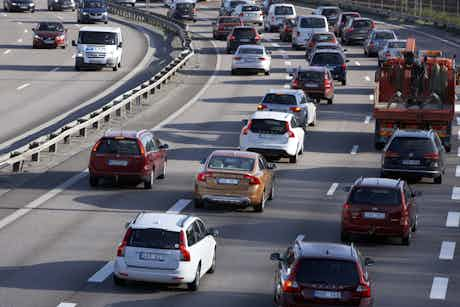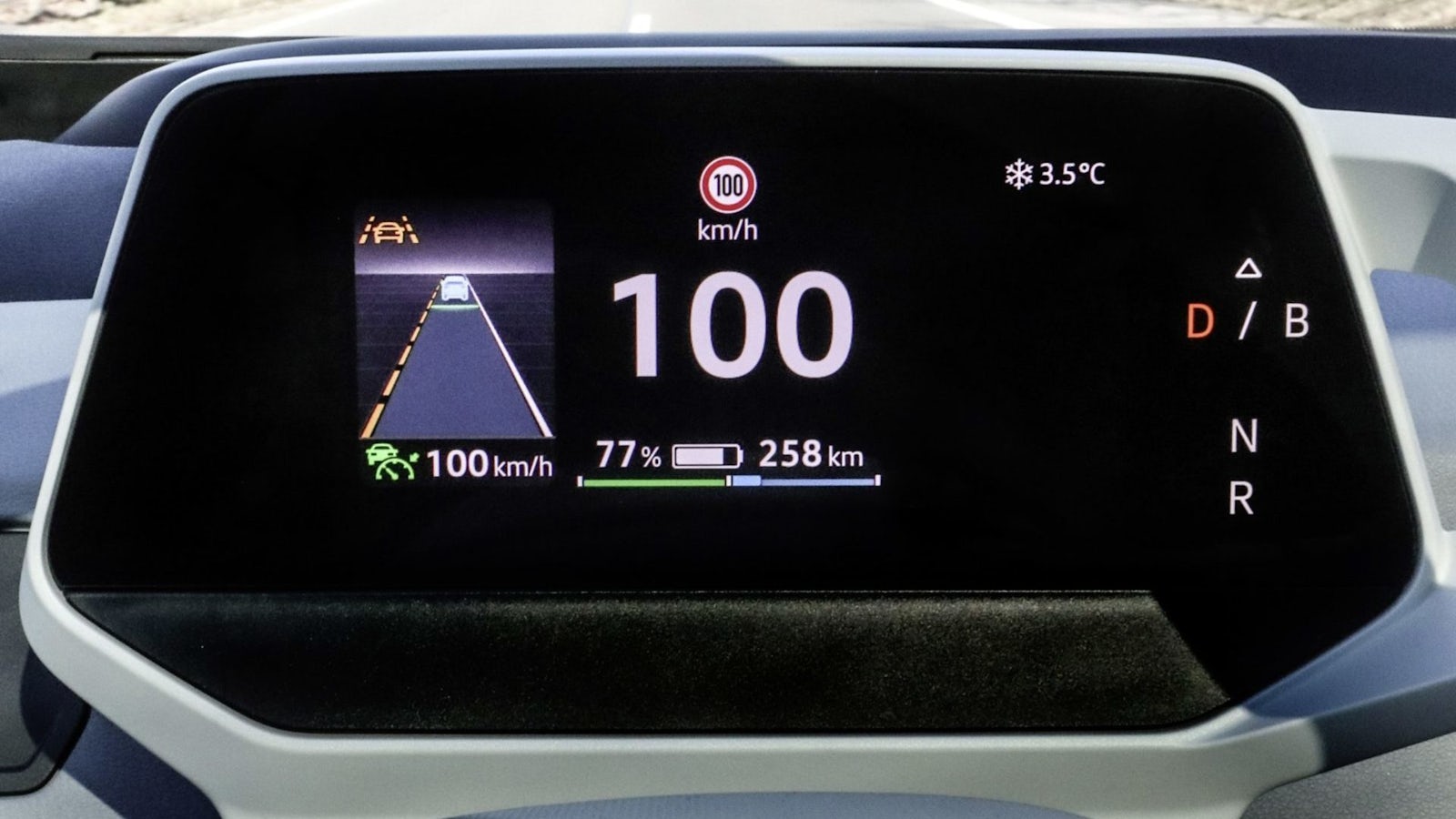What is lane assist?
April 14, 2022 by John Tallodi

Modern cars come packed with hi-tech driver aids, figuring out what some of these systems do and whether it’s actually worth spending your money on can be tough.
Lane assist is offered on many modern cars and just as its name suggests, it helps keep your car in its lane. Many accidents on the open road happen because of drivers being tired or temporarily distracted and drifting out of their lane.

Lane assist systems monitor the car’s position on the road, detect if the driver is unintentionally leaving their lane and reacts either through warnings or by actively steering the car back into its lane.
Just to keep you on your toes, each manufacturer has a different name for it, Audi and VW name it simply ‘Lane Assist’, Mercedes spice it up by a little and call it ‘Active Lane Keeping Assist’, and BMW adopt a firmer tone with their ‘Lane Departure Warning’ tag. Regardless of the names used, lane assist systems all do the same thing, read on to see whether it is something you need in your next car.
How does lane assist work?
Lane assist uses a camera, usually mounted in the upper section of your windscreen, to accurately position the car in the centre of its lane.

If the system detects that you are straying out of your lane then it will alert you with an audible warning, vibration through the steering wheel, warning light or a combination of all three. Most systems work best on motorways, and it is worth noting that bad weather or poor visibility can limit its effectiveness.
What about active lane assist?
Active lane assist will actively intervene to pull the car back on course. This is done either through taking control of the steering or using the brakes to guide the car back into its lane.
Some lane assist systems are more advanced than others, with the ability to temporarily deactivate when the indicators are used before changing lanes or detect when the car is being driven in an enthusiastic manner and lane assistance is not required.
All active lane assist systems require the driver to keep a hand on the steering wheel at all times, not doing so will deactivate the system. This is done to ensure that the driver is not distracted from the road ahead.
Are there any problems with lane assist?
As lane assist systems rely on input from a camera and other sensors, they can be confused by unusual road layouts or faded or obscured road markings, meaning the driver can be falsely warned of a lane departure.

In extreme cases, active lane assist systems can cause a vehicle to veer off course due to incorrectly reading the road markings. Heavy rain and snow can limit the system’s ability to function as well as mud or dirt on the camera lens. In these cases, most lane assist systems will alert you to this fact and won’t function until the camera is cleared or the weather has improved. The majority of systems also do not work at speeds below 35-40 mph so you won’t be able to use it around town.
Cars with lane assist
The first lane assist system as we know it was introduced by Mercedes on their European Actros trucks in the late 1990s, with Nissan, Toyota and Honda offering lane assist systems on various passenger models in the early 2000s but mainly limited to the Japanese market.

Citroen was the first to offer lane assist in Europe on its C4 models in 2005, and now just about every mainstream manufacturer offers some form of lane assist on their cars. Many pricier models from brands like VW, Hyundai, Ford, BMW and Mercedes also have the more advanced active lane assist systems either as standard or as an option.
To see whether the vehicle you’re interested in has lane assist as standard, the quickest method is to head on over to carwow’s reviews section and take a look. Here you will be able to see which trims offer it as standard.

As a general guideline, entry-level budget cars like the Dacia Sandero will not offer lane assist but mid-range models like the Volkswagen Polo have it fitted on certain trims. A popular executive saloon like the BMW 3 Series will have the more advanced active lane assist as standard fitment.
Is lane assist worth it?
Lane assist typically comes as part of a safety pack, meaning that it’s bundled up with other options, which pushes up the price. Of course, if safety is your most important concern, then it’s an invaluable option that helps reduce the chance of an accident happening in the first place.
If you spend the majority of your time driving around town or at speeds below 40mph, then the benefits of lane assist may not be worth it, although if you have purchased an upmarket model, it may already be fitted as standard. If not, then it’s better to spend your money on something more relevant like park assist, which can make parking a whole lot easier. If you spend a lot of time on the motorway then lane assist can make your journey less stressful and safer.
Lane assist FAQs
Can I turn off lane assist?
Yes. Every car has a way of turning off lane assist, either via buttons on the steering wheel or dashboard or by accessing the safety settings on the multi-information display.
Some systems offer various levels of intervention if you find the default setting too intrusive or not responsive enough. Most systems will turn on by default once you start the car again.
Can I retrofit lane assist to my car?
Technically, yes. There are aftermarket kits you can retrofit to your vehicle, but they will not be as deeply integrated with the rest of the car’s safety systems as if it were fitted by the manufacturer.
Attempting to add lane assist to a base model that may have had it as an option when new isn’t straight forward either, it may require software recoding and additional wiring.
You will either need to be very technically minded to fit it yourself or will need to pay someone to do it for you. Either way, fitting an aftermarket system to your car may end up being more of a hassle than it’s worth
Does adaptive cruise control include lane assist?
The two systems can be found in cars independently, but most manufacturers will bundle these and other safety systems into packages. For example, Honda has its Sensing Suite, while Subaru calls its bundled package EyeSight.
When specified together, adaptive cruise control and active lane assist can keep your vehicle traveling in the correct lane and at a set speed limit, all while keeping a safe distance to slower vehicles ahead.
Does lane assist work in snow?
Lane assist systems rely on one or more cameras and sensors to detect road markings and layouts. If these systems become obscured by snow, then they will not be able to function correctly.
In these cases, a warning usually appears to alert the driver to the fact that the lane assist system is not available.
Clearing the camera lenses (usually located centrally inside the top of the windscreen) of snow or debris should resolve the problem.
Cars Change? Carwow!
Looking for a new set of wheels? With Carwow you can sell your car quickly and for a fair price – as well as find great offers on your next one. Whether you’re looking to buy a car brand new, are after something used or you want to explore car leasing options, Carwow is your one stop shop for new car deals.















